Important Point
What Is Dog Clutch?
Dog clutch is the type of clutch that uses the pair to intervene with other revolving components such as two rotating shafts or gears. It is commonly used in continuous mesh gearboxes. It serves to set Protrusions on one half of a regularly stretched tooth or one half of the clutch mechanism to one set of similar symmetries on the other.
This clutch is connected not to friction but to disruption. It is allowed to turn both shafts at the same speed without slipping and with minimal clutch wear.
Dog clutch cannot be used to control the toggle, as is the case with friction clutch. The two parts of the clutches are designed in such a way that one will push the other, and both will rotate at the same speed and never slide.
This type of clutch is made up of two round plates, one operated on a drive shaft or gear and the other shaft. One of the plates has a series of protrusions evenly spread throughout his palace, similar to a battle on a palace wall. The other plate has a series of similar sizes, as it decreases in size.
When the two plates are brought together, the protrusion fits into the mate or recess, effectively joining the shaft and transferring rotational motion from one to the other. Dog clutch is used when slip and friction are undesirable, and the clutch is not used to control torque.
Construction of Dog Clutch:
The Dog Clutchs consist of two sets of inner sets of sleeves. It slides on the main shaft with a small diameter of a spline. Such clutches are typically made of two round plates, one for the driveshaft and one driven from the shaft.
The clutches of these dogs have a protrusion on their faces similar to the battles above the palace wall. The gears in the main shafts, to which these dog clutches are connected, are severed as they decrease in size.
Working of Dog Clutch:
Dog clutches are mainly used in manual transmission systems to lock various gears to rotate the input and output shafts.
When the dog’s clutch must be coupled to a fixed gear of the main shaft to achieve a fixed gear ratio, the dog’s clutch slips toward the gear in the main shaft to which it needs to be connected. The dog’s clutch has protrusions on its face, and the gear in the main shaft lacks in size.
When the dog clutches reaches the gear, the protrusions of the dog clutch fit into the gear reefs and therefore create a strong mechanical coupling and transfer the rotational motion from the shaft to the main shaft.
Also, Read: Parts of Benson Boiler | Working Principle of Benson Boiler | Construction of Benson Boiler
Advantages of Dog Clutch:
Here, the different Advantages of the dog clutch are as follows:
- No slip or friction is involved after the engagement of the clutch.
- Heat generations are very less as no friction occurs.
- Cost is less than friction clutch of similar torque capacity.
Disadvantages of Dog Clutch:
Here, the different Disadvantages of dog clutch are as follows:
- Shock is caused during the engagement of clutch at any speed.
- It cannot be engaged at high speeds.
- When both the diving and the driven shaft are at rest, some relative motion is required to engage.
Also, Read: Centrifugal Casting
Applications of Dog Clutch:
Here, the different Applications of dog clutch are as follows:
- Dog clutches are mainly used in stick shift automobile gearboxes, marine propeller drives, and on drives of heavy machinery.
Also, Read: How to Fix a Leaking Car Roof | Why Water Leaks into Car from its Roof? | Why Is Water Leaking into My Car?
Frequently Asked Questions (FAQ)
Bevel Machine Dogs
The bevel machine dogs, the dog is removed from the work arbour, or the dividing head gearing is removed to allow free rotation of the spindle, and the hob has meshed with the gash on the blank. As the hob spins, the worm-gear moves with it.
What Is Dog Clutch?
A dog clutch is the type of clutch that uses interference to connect two rotating shafts or other rotating components such as gears. This is commonly used in continuous mesh gearboxes. It functions by connecting a set of regularly spaced teeth or protrusions on one half of the clutch mechanism to a set of similar recesses on the other.
Dog Clutch Operation and Maintenance Guide
A dog clutch is a type of clutch mechanism commonly used in manual transmissions, particularly in vehicles. It is responsible for engaging and disengaging the power transmission between the engine and the gearbox, allowing the driver to shift gears smoothly. Here’s a basic guide on the operation and maintenance of a dog clutch:
Operation:
- Engagement: When you shift gears, the dog clutch slides on a splined shaft to engage with a corresponding gear. The dog clutch has teeth or “dogs” that interlock with the gear, providing a positive connection.
- Disengagement: To disengage the dog clutch, you press the clutch pedal, which separates the engine’s input shaft from the gearbox. This action allows you to shift gears without causing any damage to the transmission components.
Maintenance:
- Regular Inspection: Periodically check the condition of the dog clutch, including the teeth, springs, and other related components. Look for signs of wear, damage, or excessive play. If you notice any issues, it’s crucial to address them promptly to avoid further damage.
- Lubrication: Ensure that the dog clutch and its associated parts are properly lubricated. Follow the manufacturer’s recommendations for the type and frequency of lubrication. Adequate lubrication helps reduce friction and wear, improving the clutch’s performance and lifespan.
- Clutch Pedal Adjustment: Over time, the clutch pedal may require adjustment to maintain proper engagement and disengagement. If you experience difficulty in shifting gears smoothly or notice any abnormalities with the clutch pedal, consult a professional mechanic to adjust the pedal’s free play and travel.
- Smooth Shifting: Practice smooth and deliberate shifting to minimize wear on the dog clutch. Avoid rapid or forceful gear changes, as they can cause excessive stress on the clutch components. Additionally, ensure that the clutch is fully disengaged before attempting to shift gears to prevent grinding or damage.
- Avoid Slippage: Excessive slipping of the clutch can lead to premature wear of the dog clutch and other clutch components. Be mindful of riding the clutch (resting your foot on the pedal while driving) and avoid excessive throttle input while the clutch is partially engaged.
Benefits of Using a Dog Clutch in Manual Transmissions
Dog clutches are used where slip is undesirable and/or the clutch is not used to control torque. Without slippage, dog clutches are not affected by wear in the same way that friction clutches are, but result in shock when shafts of different speeds are engaged.
Dog Clutch Vs. Synchromesh: a Comparison
Dog clutch and synchromesh are two different types of mechanisms used in manual transmissions to engage and disengage gears. Here’s a comparison between the two:
- Operation:
- Dog Clutch: A dog clutch uses teeth or “dogs” to engage with corresponding gear teeth on the mainshaft. It provides a positive connection between the gear and the mainshaft, allowing for quick and firm gear changes. However, dog clutches require precise timing and matching speeds between the gears to avoid grinding during engagement.
- Synchromesh: Synchromesh is a more sophisticated mechanism that uses frictional elements to match the speeds of the gears before engagement. It employs synchronizer rings that act as friction surfaces between the gear and the mainshaft. These rings help equalize the rotational speeds, allowing for smoother and quieter gear shifts.
- Gear Engagement:
- Dog Clutch: In a dog clutch, the gear engagement requires a direct and forceful movement of the gear selector. The dogs need to interlock precisely with the corresponding gear teeth on the mainshaft, which can cause a slight resistance and require some effort during gear changes.
- Synchromesh: With synchromesh, the synchronizer rings facilitate smooth gear engagement. As the driver shifts gears, the synchronizer rings rotate and gradually match the speeds of the gear and the mainshaft. This process eliminates most of the resistance and allows for easier and more precise gear shifting.
- Gear Changing Speed:
- Dog Clutch: Dog clutches generally allow for faster gear changes compared to synchromesh systems. The positive engagement of the dogs enables quick shifts, which is beneficial in racing applications or situations where rapid gear changes are required.
- Synchromesh: Synchromesh systems provide smoother gear changes but may be slightly slower compared to dog clutches. The synchronizer rings need some time to equalize the speeds of the gears before they can engage fully. This design prioritizes smoothness and ease of shifting over speed.
- Driver Skill Requirement:
- Dog Clutch: Using a dog clutch effectively requires more driver skill and practice. Timing and coordination are essential to match the engine and transmission speeds during gear changes to prevent grinding or damage to the gears.
- Synchromesh: Synchromesh transmissions are generally considered more user-friendly, particularly for novice drivers. The synchronizer rings help to synchronize the gear speeds automatically, making gear shifting smoother and easier, requiring less precision from the driver.
- Wear and Maintenance:
- Dog Clutch: Dog clutches are simpler in design and have fewer moving parts compared to synchromesh systems. This simplicity can make dog clutches more robust and less prone to wear and maintenance issues. However, aggressive or improper shifting can cause accelerated wear of the dog clutch teeth.
- Synchromesh: Synchromesh systems involve more complex components, such as synchronizer rings, which can wear over time and require maintenance or replacement. Additionally, if the driver frequently engages gears without fully disengaging the clutch, it can lead to accelerated wear of the synchromesh components.
Dog Clutch Engagement Issues and Troubleshooting
If you’re experiencing dog clutch engagement issues, such as difficulty shifting gears or grinding noises during gear changes, here are some troubleshooting steps you can take:
- Clutch Pedal Adjustment:
- Check the clutch pedal free play and travel: Ensure that there is an adequate amount of free play in the clutch pedal before resistance is felt. If the clutch pedal feels too loose or tight, it may affect the engagement of the dog clutch. Adjust the clutch pedal according to the manufacturer’s specifications.
- Clutch Hydraulic System:
- Check clutch fluid level: If your vehicle has a hydraulic clutch system, verify the fluid level in the clutch master cylinder reservoir. Low fluid levels can lead to insufficient clutch disengagement, causing difficulty in shifting gears.
- Inspect for leaks: Look for any signs of leaks in the clutch hydraulic system, such as fluid dripping or wet spots. Leaks can result in a loss of hydraulic pressure, affecting clutch operation. Repair any leaks and refill the system with the appropriate fluid if necessary.
- Synchronizer Ring Issues:
- Worn synchronizer rings: In some cases, the synchromesh rings in the transmission may be worn, resulting in inadequate speed synchronization during gear engagement. This can lead to grinding or difficulty shifting gears. If this is the case, professional inspection and potential replacement of the synchronizer rings may be required.
- Transmission Fluid:
- Check transmission fluid level and condition: Ensure that the transmission fluid level is correct and that the fluid is clean and not excessively worn. Low or dirty transmission fluid can affect the smooth operation of the dog clutch and other transmission components. Follow the manufacturer’s recommendations for fluid type and service intervals.
- Driver Technique:
- Shifting technique: Improper shifting technique, such as rapid or forceful gear changes without fully disengaging the clutch, can cause grinding and damage to the dog clutch. Ensure that you are using proper shifting technique, including fully depressing the clutch pedal, pausing momentarily before engaging the next gear, and releasing the clutch smoothly.
6 Speed Constant Mesh
The six speed constant mesh gear box has two shafts , one for the input and the other for output. Six gears are mounted on both the shafts and are in constant mesh. Ball bearings are connected to the gears on the output shaft which makes them to rotate freely on the output shaft.
Application of Clutch
What Are the Application of Clutch? Following are some key pointers on application of a clutch or function of a clutch: It enables transmitting the torque from the engine to its drivetrain. It forms a linkage between the engine flywheel and gearbox so that it can transfer power from the engine to the drive shaft.
Clutch Adjustment
Hold a ruler parallel to the clutch cable and measure the travel of the operating lever. Measure the distance between the clutch operating lever and a point of reference such as the edge of the clutch housing . To adjust, loosen the locknut and screw the adjuster nut as appropriate.
Dog Clutch Advantages and Disadvantages
This type of clutch engages not by friction but by interference. It has the benefit of allowing both shafts to turn at the same speed without slipping and with minimal clutch wear. Dog clutches cannot be used to control torque as is the case with a friction clutch.
Dog Clutch Operation
The Dog Clutch uses interference to couple two rotating shafts, and functions by mating a set of teeth on one half of the clutch mechanism to a set of identical recesses on the other. This allows both shafts to turn at the same speed without slipping and with minimal clutch wear.
How Does a Dog Clutch Work?
Engagement occurs when the toothed components interlock. Once engaged, the ring and the hub spin together as a unit. To control engagement, the dog clutch contains a shift linkage that governs the position of the ring with respect to the hub.
Like this post? Share it with your friends!
Suggested Read –
- Bevel Protractor
- Projection Nut Welding
- Centrifugal Pump Working Principle
- Chip Thickness Ratio | Shear Angle of Chip Thickness Ratio
- Resistance Projection Welding | Working of Resistance Projection Welding
- Parts of Turret Lathe | Working of Turret Lathe | Types of Turret Lathe | Advantages of Turret Lathe
- Techniques of Gas Welding | Parts of Welding Torch | Working of Gas Welding | Types of Gas Welding | Types of Flames in Gas Welding
- Parts of Reciprocating Pump | Definition of Reciprocating Pump | Working of Reciprocating Pump | Mathematical Analysis of Reciprocating Pump
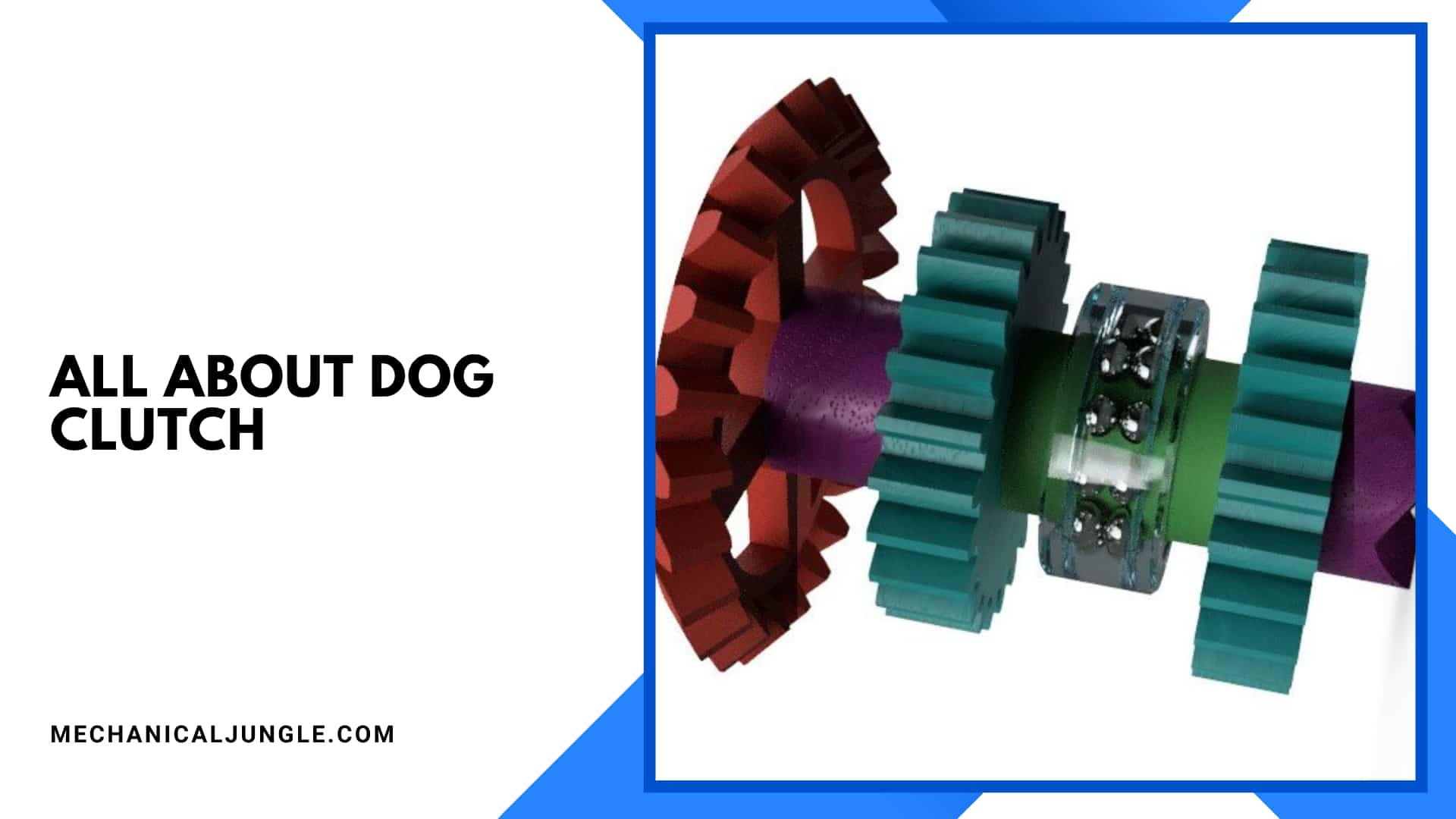
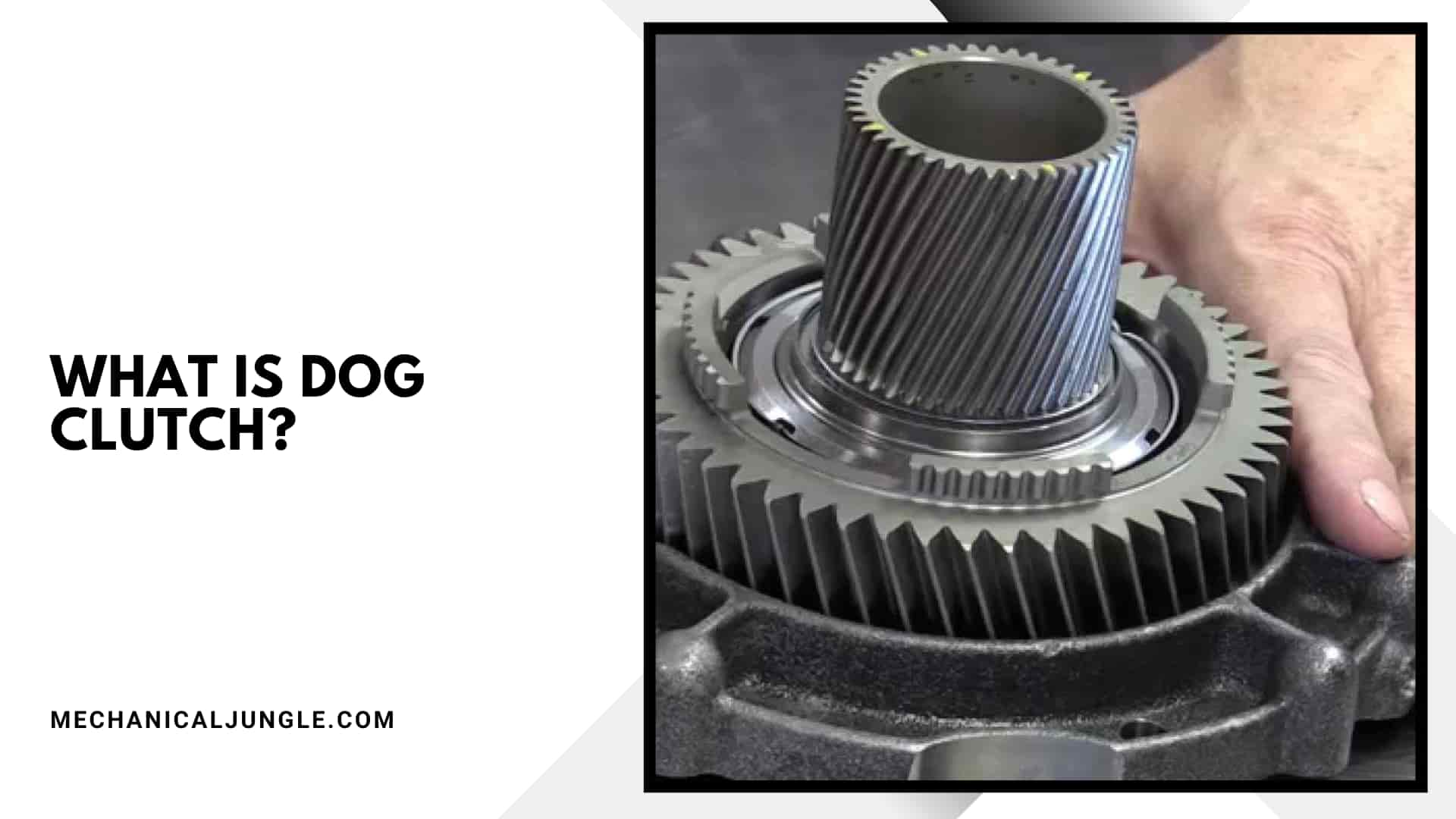
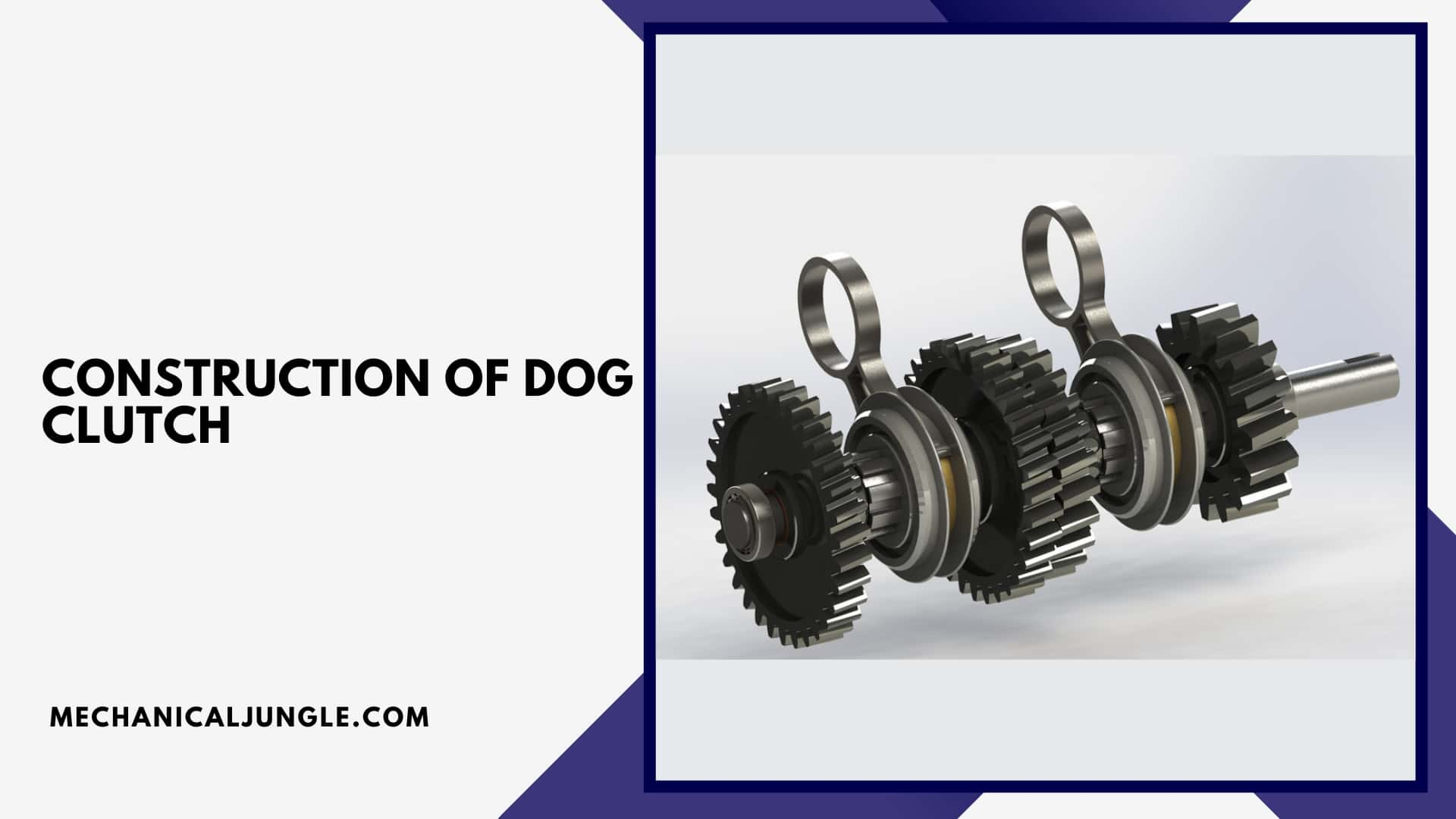
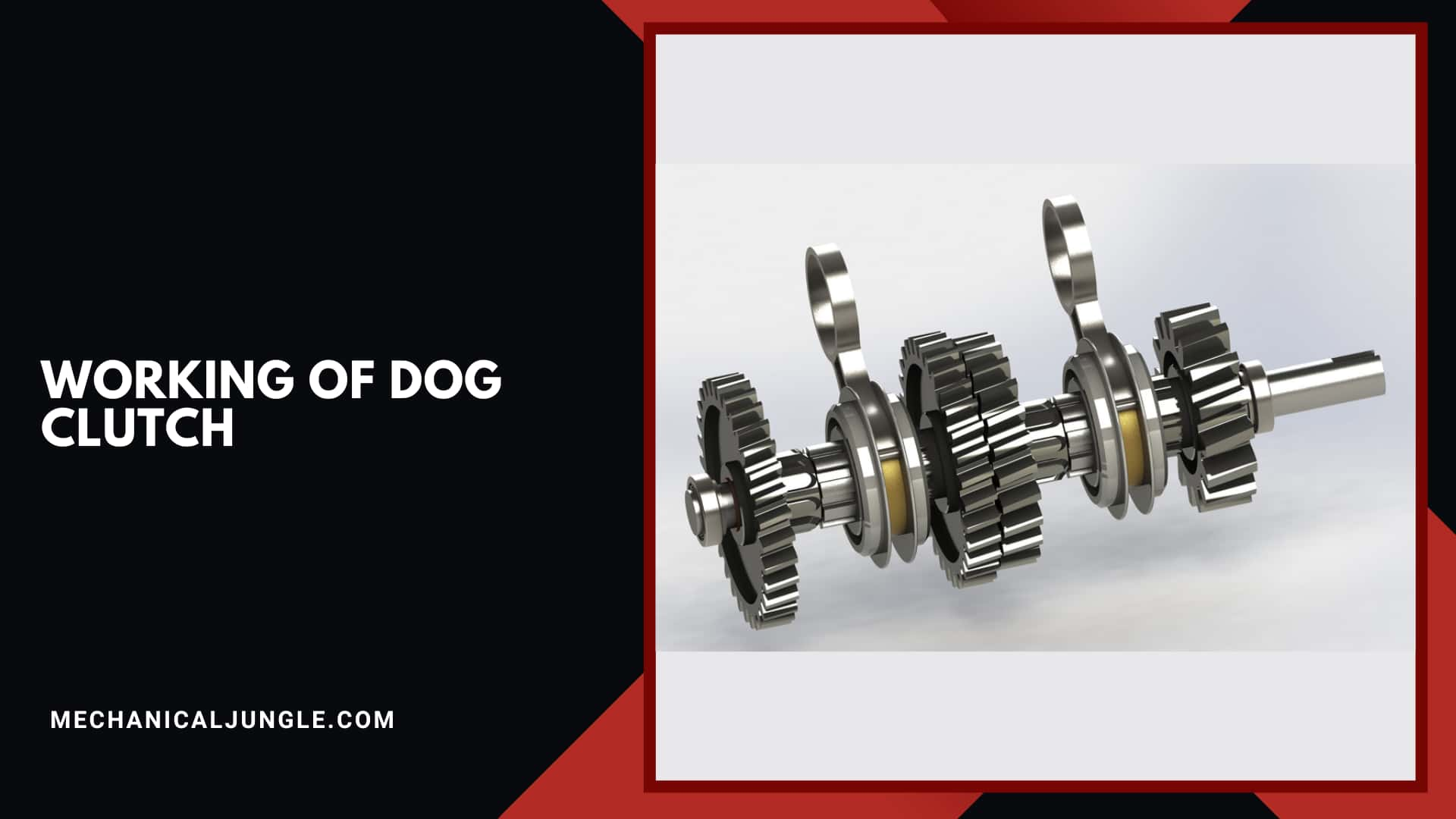
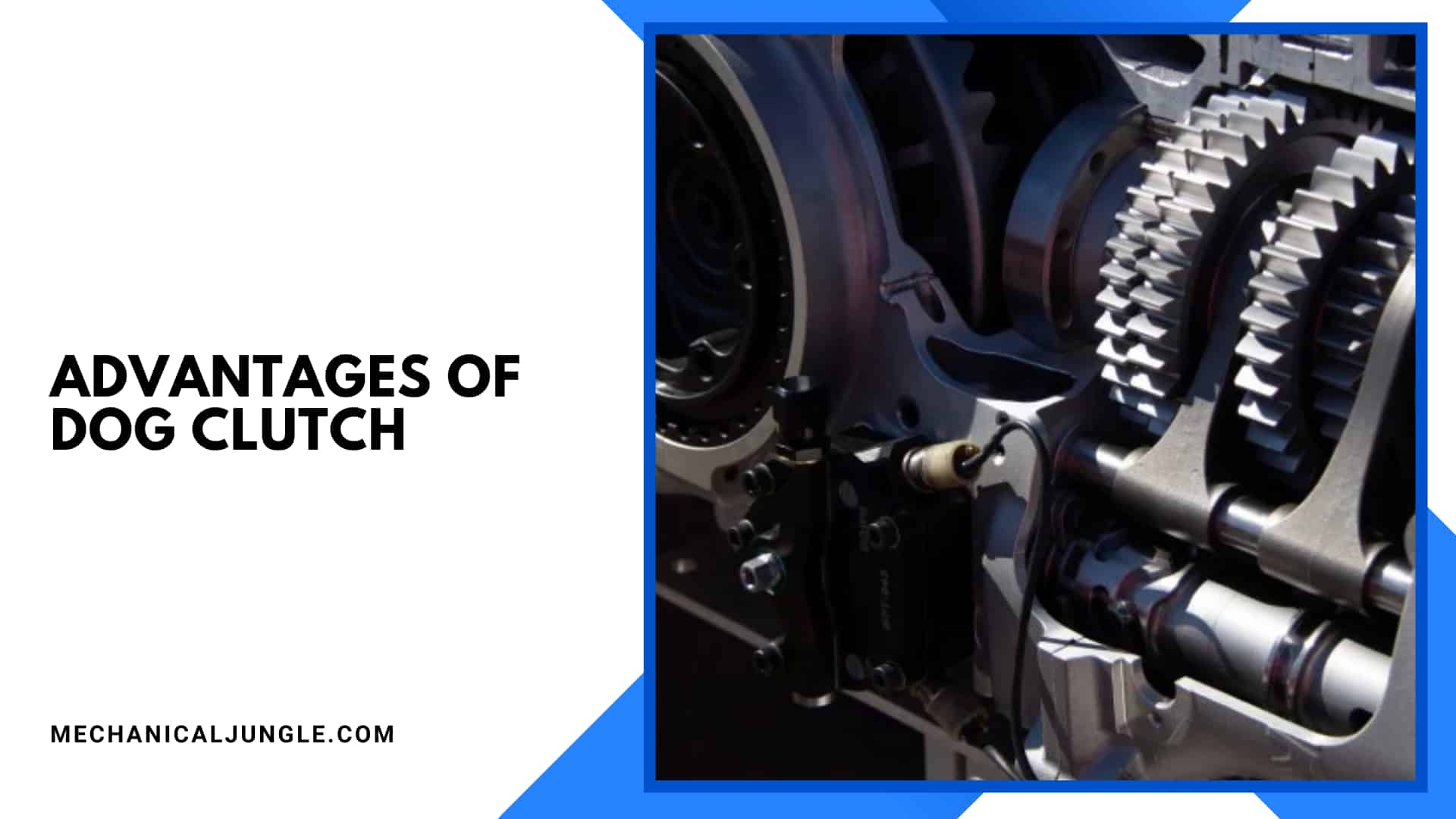
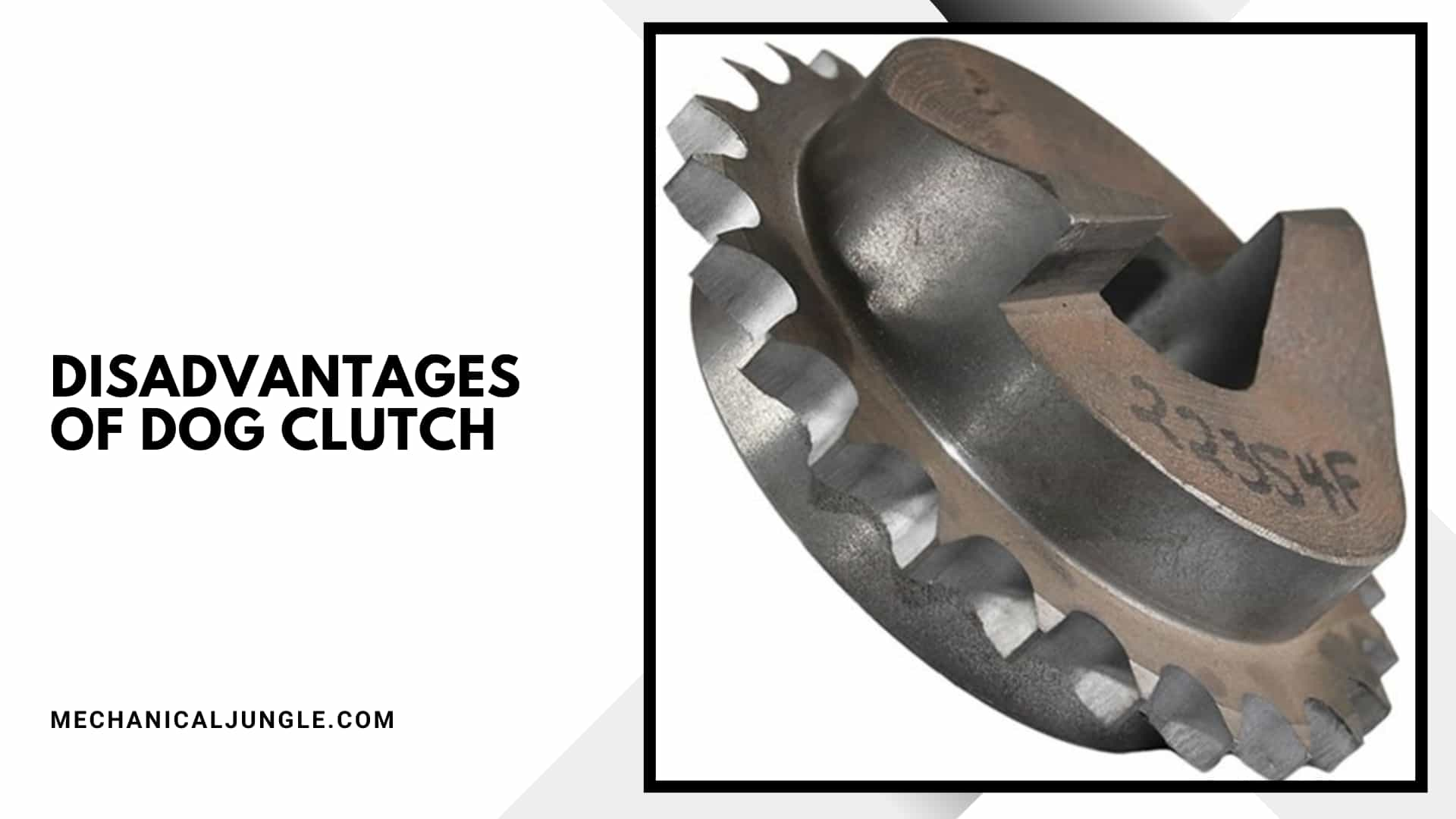
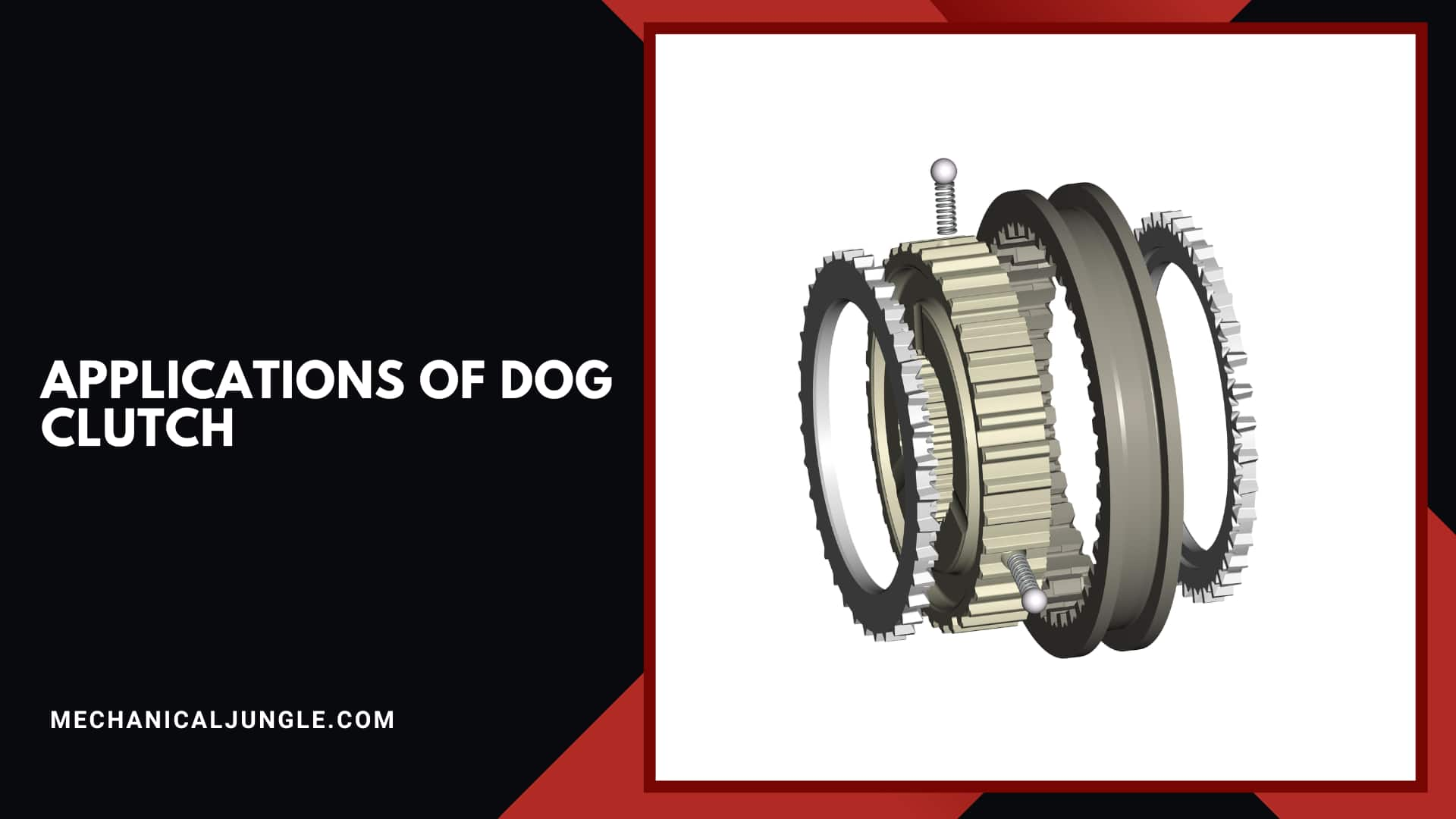

Leave a Reply